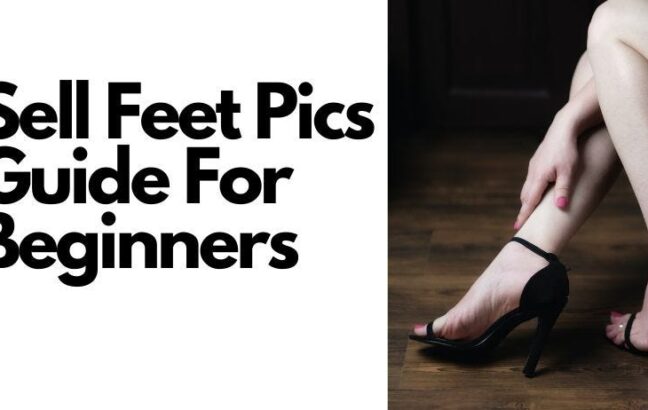You want to stand out from the rest and sell some very special feet photos? You want to make more money with your pictures? Learn more about how to use professional cameras.
We already talked about the PROS and CONS of using your smartphone for your feet pictures. Time and money can be saved by just taking pictures with your smartphone, but if you really want to sell those very special photos and charge very special prices, maybe you should consider using a professional camera.
My First Camera Equipment Shopping
I still recall back when I was an amateur photographer, all standalone camera gear looked the same to me. The only thing I knew to differentiate were the manufacturers’ brand names. Shopping for my first “professional gear” felt like attending an interview for a profession I had never heard of before. Speaking of, did you know that someone who deals in eggs is called an Eggler? Even my auto correct doesn’t! This is headed off topic but stay with me all you beginners, this guide is going to prepare you for that interview and make you the best Eggler interviewee in the room, in terms of photography equipment of course, I know little about eggs.
As a beginner, all you need to take notice of right now is simply the camera body and lenses. The rest are simply accessories to these two. For today, let’s start with the camera body.
What Is A Camera Body?
A camera is like your best friend in photography, so you will need the best you can afford. Unfortunately, most cameras are designed with professionals in mind therefore it is almost impossible to recognize the features they offer from simply reading their shelf names. Here’s the most essential information you will need to arm yourself with before your shopping spree.
Different Camera Types
There are various categories of digital cameras, but the most common terms you will encounter in the industry are DSLR cameras, mirrorless cameras and compact cameras. As a beginner, a good entry level DSLR or mirrorless camera will be a good choice to kickstart you into professional photography. Note that both camera types offer interchangeable lenses. Your field of photography might also determine which one between the two you should obtain.
DSLR Cameras
First, the DSLR stands for ‘Digital Single Lens Reflex’. It’s a modernized tech that comes from old cameras which had viewfinders that showed a similar but not an exact image of what the camera would capture. Manufacturers figured out a way to include a prism and a mechanized mirror that would reflect light from the camera lens so the photographer could see exactly what the camera sensor would capture.
Since they have been in existence for over 20 years, they offer robust designs that have proven to last and there are a ton of varieties in the used market industry. A budget DSLR usually offers slightly better image quality as compared to its budget mirrorless counterpart. Since most also lack a digital screen, their battery usually lasts more than the mirrorless designs translating to more shooting hours, a very useful perk when on the move. Entry level examples include: Canon SL3 / EOS 250D, Pentax K-70 the fan favorite Nikon D3500.
Mirrorless Cameras
These are modern interchangeable lens cameras that lack a mirror mechanism in them and instead use a digital screen as a viewfinder. They are usually smaller in size than DSLRs and the added benefit of an LCD viewfinder is a nice incentive for those coming from smartphone photography. Their viewfinders offer a “live preview” of what the sensor is seeing which makes them a great recommendation for those interested in shooting video as well. They do perform quite well when it comes to object tracking auto focus as well, all the more reasons to select them over a DSLR for a video shoot. Great budget options include: Fujifilm X-T200, Sony Alpha A6100 and the mouthful Olympus OM-D E-M10 Mark III.
DSLRs have reigned supremacy over mirrorless cameras through the years thanks to their advanced auto-focus, robust designs that have seen improvements in their lifetime and much more. But as with all things tech, mirrorless cameras are catching up, DSLRs are still putting up a spirited fight but they may soon be on the way out. The recent launch of the Sony A1 mirrorless camera, albeit at a price tag to match, all but confirms this. As a newbie photographer, this may very well sway your choice of camera.











